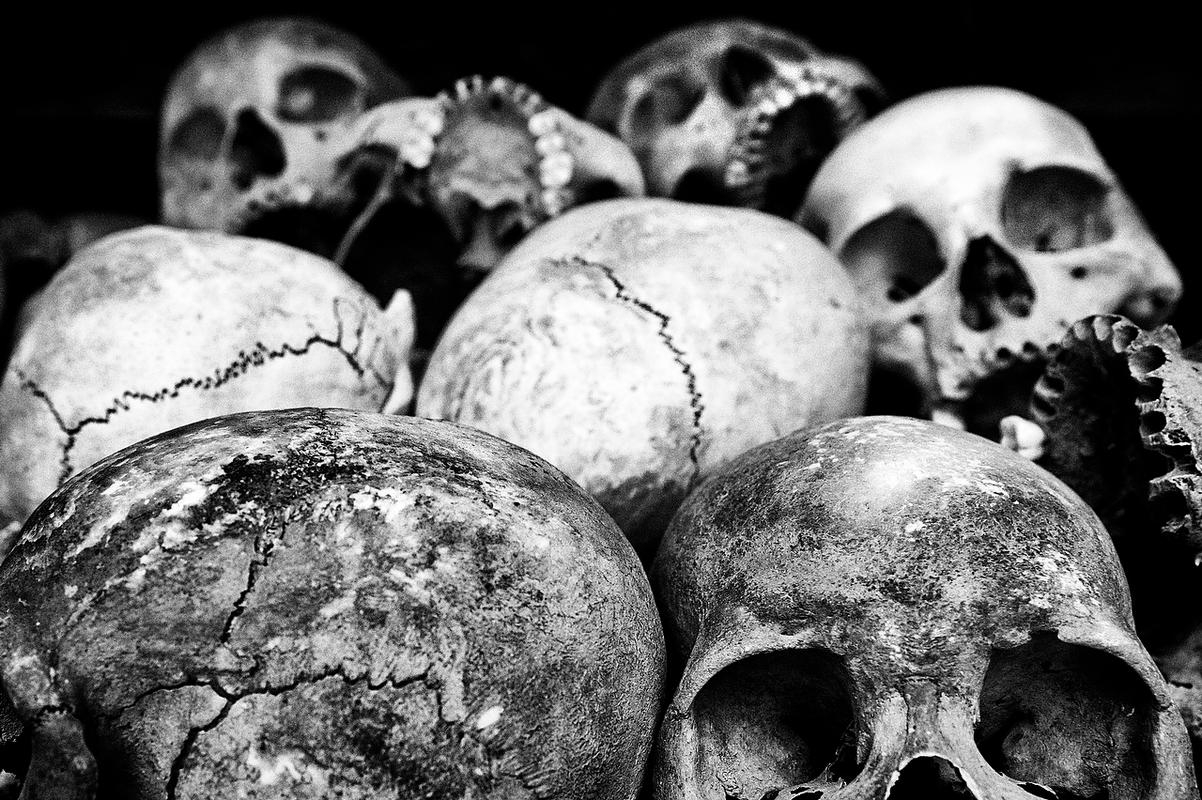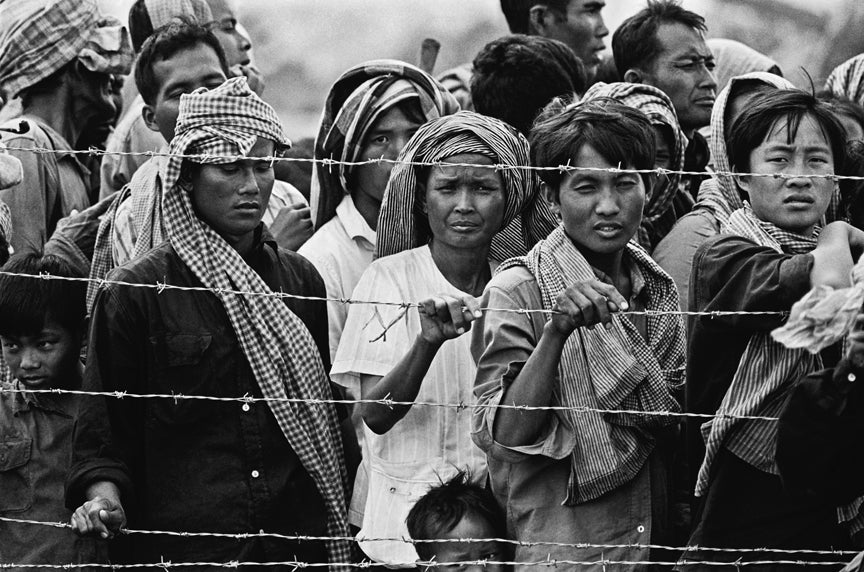
 The truth behind Pol Potts evil dictatorship
The truth behind Pol Potts evil dictatorship
Monday 4th December 2017 | Grace
Cambodia is a country of beauty and wonder, where the locals are kind, humble and welcoming. But behind the smiles lies a dark history, that although most people have vaguely heard of in the UK, a lot of people don’t really know what the Cambodian Genocide really entailed.
For centuries, Cambodia has been a country that has been taken advantage of, through slavery, colonisation and tourism. But it was in the 1970’s when Pol Pot (not to be mistaken with unfortunately named 2007 winner of Britain’s Got Talent, Paul Potts) came to power that things turned really ugly.
/Pol_Pot_-594312e45f9b58d58ac7c301.jpg)
Coming from a relatively affluent country, Pot spent his twenties studying in France and it was here that he became associated with the ever growingly popular communist ways of thinking.
On his return to Cambodia, the country was already in the midst of a revolt against the French who has colonised the country some years before. Cambodia gained independence later that year in 1953. Whilst teaching in a private school, Pot planned a revolution and eventually became the leader of Khmer People’s Revolutionary Party (KPRP) who created a national uprising in 1968 based on the communist ideas of Stalin.

At the same time, while all of this was happening in Cambodia, a communist uprising was also occurring in the neighbouring country of Vietnam where America was implementing armies into the country to try and fight the rise of communism spreading to the west. Nixon, the US president during this time, dropped 500,000 tons of bombs onto Cambodia to try and destroy the Viet Kong troops that had tried to seek refuge in the country. This amount dropped in the span of four years is three times the amount used on Japan in World War II and was kept secret for two months.

As part of the new and powerful regime carried out by the KPRP, people were sent the capital, Phnom Penh, to the rice fields to work and be re-educated to the new way of thinking, they had all their belongings taken from them and those that had previously had jobs such as doctors or teachers, were now part of the labouring workforce. It was here that people started to be punished for not going along with what the government wanted and people who refused to take part in the work were tortured and killed. Millions of others died in these work camps from malnutrition, bad health and being over-worked.

A list of people that were imprisoned, tortured and killed include anybody who was educated, creative, had associations with the previous government or anyone who understood a foreign language, any Asian ethnic minority, Christians, Buddhist monks, people who were not making enough money through agriculture and anyone who tried to overturn Pots rule.
Torture methods were also designed to make victims confess to their crimes and to decipher whether they were telling the truth about their dedication to the communist party. Ultimately, people would be taken to the killing fields and executed with a pickaxe and buried in a mass grave. For one particular camp, there are only 7 known survivors of the thousands that passed through.

By the time 1973 came around, the Khmer Army had taken over three-quarters of Cambodia and thousands of people had flooded to the capital for refuge, however, the US army had bombed the airports meaning that supplies could not get through and this lead to the starvation of thousands more Cambodians, including children.
Cambodia became under siege of a dictatorship rule where everything about a person’s life was monitored and controlled including property, money, education and gambling. Books and religion were outlawed, rules about clothing, sexual relations and vocabulary became commonplace and children were taken from homes and forced to join the military.
Even rice-fields had to be re-dug to represent the coat of arms for the country. Eventually, in 1979, Pol Pot had to escape into the jungle as the Vietnamese sent 60,000 troops into Cambodia over rising tensions between the border of the two countries. Shockingly, the Khmer Rouge received support from China and the USA in the form of arms towards the fight against Vietnam and in 1991 a ceasefire agreement created peace for all the countries involved.

Pol Pot died in his sleep in 1997 and still, only a handful of arrests have been made, despite the millions of horrific deaths that occurred during this time in Cambodia.
